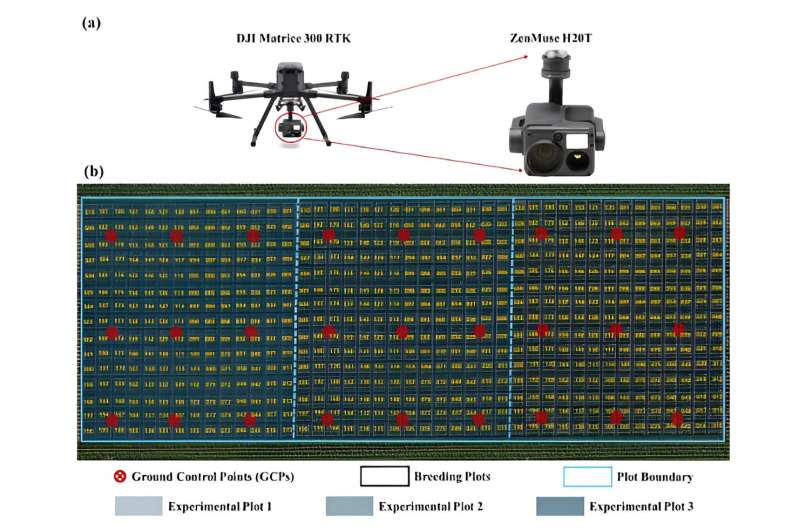Advancing soybean yield through high-throughput UAV phenotyping and dynamic modeling

Soybeans, valued for their use as both oilseeds and grains, encounter yield limitations compared to crops like maize and rice, emphasizing the necessity for developing higher-yielding varieties.
However, the relationship between the early growth of soybean canopies and overall yield remains inadequately understood, indicating a significant research gap. While advances in high-throughput phenotyping, particularly through UAV technology, have improved monitoring efficiency, they face challenges in data analysis accuracy, particularly in image segmentation.
Plant Phenomics published research titled "."
In this study, the effectiveness of RIFSeg-Net for soybean canopy segmentation was assessed using a multimodal deep learning model tailored specifically for analyzing UAV-captured multisource phenotypic data.
The research involved comparative accuracy evaluation against established models (e.g., FCN, UNet, SegNet) and analysis of different ResNet architectures as backbones for RIFSeg-Net, revealing superior performance with ResNet-50 in terms of precision.
Further, individual soybean leaves were extracted using the SAM model, a task demanding significant computational resources, to classify 200 soybean varieties into four distinct groups based on leaf aspect ratios. Dynamic modeling was then applied to these groups, extracting five phenotypic parameters to study canopy development dynamics, demonstrating significant variances in canopy cover across different soybean subgroups.
Utilizing UAVs for high-temporal-precision data collection across the soybean reproductive cycle, this methodology surpasses traditional manual phenotyping by enabling large-scale, high-throughput field experiments. The fusion of multimodal data inputs significantly enhances segmentation accuracy, allowing for the automatic capture and monitoring of dynamic canopy cover.
Dynamic modeling, underpinned by the 'S' growth function, establishes reliable parameters for characterizing genotype differences, highlighting the crucial role of early vigor in yield outcomes. This approach not only facilitates detailed phenotypic analyses focused on early vigor but also aids in identifying soybean germplasm resources with favorable traits for breeding more productive and resilient varieties.
In conclusion, the study showcases the potential of UAV phenotyping combined with advanced deep learning and dynamic modeling techniques to efficiently phenotype a wide range of soybean genotypes, providing invaluable insights for the breeding of high-yield soybean varieties. This comprehensive approach underscores the integration of cutting-edge technologies and methodologies in agricultural research, thereby setting a new standard for high-throughput phenotyping in field conditions.
More information: Hui Yu et al, Time-Series & High-Resolution UAV Data for Soybean Growth Analysis by Combining Multimodal Deep Learning and Dynamic Modelling, Plant Phenomics (2024).
Provided by NanJing Agricultural University




















